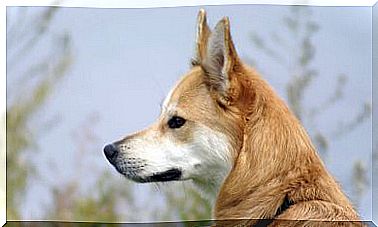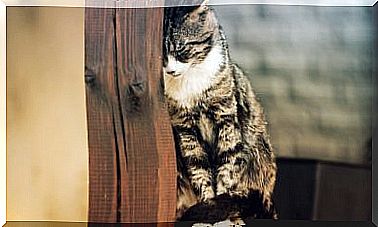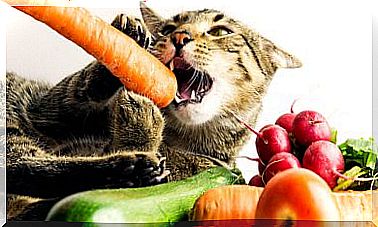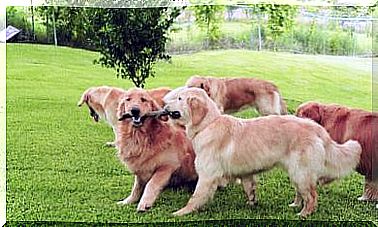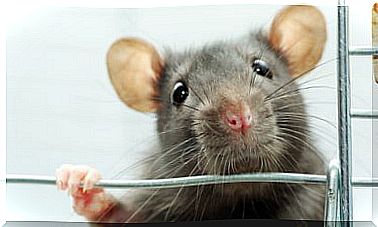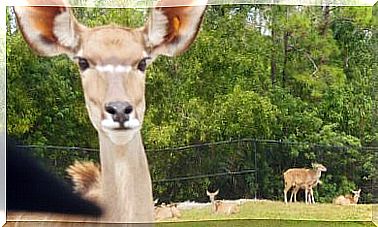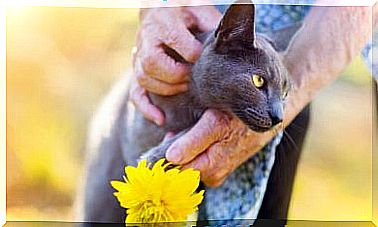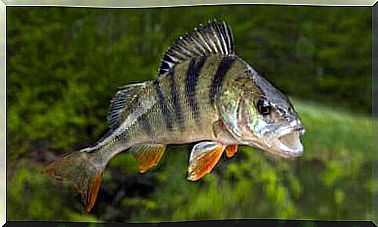The Plants That I Can Give My Rabbit
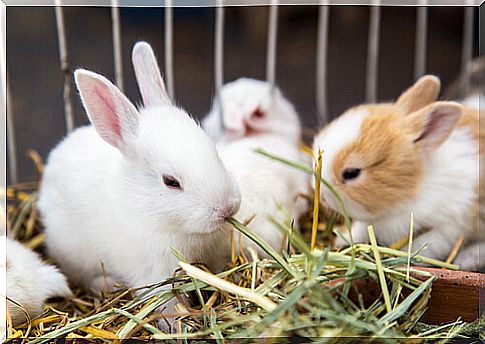
Many of the common fruits and vegetables that humans eat are also safe for rabbits. The part of the plant that a vegetable comes from is a good guide to its nutritional balance and has its place in your rabbit’s diet.
Some of the plants that your pet can benefit from are easily obtained, since they belong to the diet of humans. However, it is important to evaluate what type of plants you offer, as not all are suitable for rabbits.
Plants that you can offer your rabbit
Roots such as carrots, parsnips, turnips, and beets are energy-providing plants, so they are high in sugar and should make up a very small portion in your rabbit’s diet.
Stalks like celery, chard or broccoli and the green parts of vegetables are best for rabbits to eat. These are low in calories and high in fiber.
Leaves such as cabbage, spinach, carrot leaves, broccoli leaves, kale, blackberry, raspberry or strawberry leaves, romaine lettuce, and radish leaves are some examples of the types of leaves that are used with you can feed the rabbits healthily.
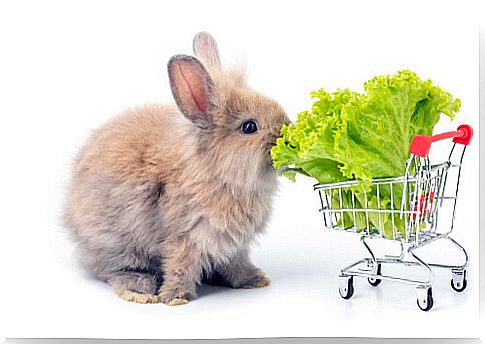
Although most of the seeds and grains that humans consume are not poisonous to rabbits: they are high energy foods and are not suitable in large quantities. Remember that rabbits are primarily leaf ‘eaters’, not seed eaters.
Herbs include parsley, basil, mint, rosemary, sage, thyme, dill, and coriander, which are great healthy treats. It can be grown larger in pots to provide a cheap and regular supply.
Be aware that some plants are toxic and others are a mixture; While tomatoes are safe to eat, the leaves of the tomato plant are poisonous to rabbits.
Feeding with vegetables
In addition to sharing the vegetables you eat, rabbits can also eat many of the plant parts that humans discard because they are tough and fibrous – the same characteristics that make them good for rabbits. These include cauliflower greens, broccoli stems, and carrot greens.
Supermarkets often remove leafy vegetables before selling them. You can try visiting markets or produce stores to get your fresh food.
Wild plants for your rabbit
Many of the plants that make up a wild rabbit’s diet grow in gardens as weeds, and they can be an excellent free addition to your pet’s diet. Common weeds, which are safe for rabbits to eat, include banana, clover, dandelion, thistle, chickweed, nettle, blackberry leaves, and shepherd’s purse, among many more.
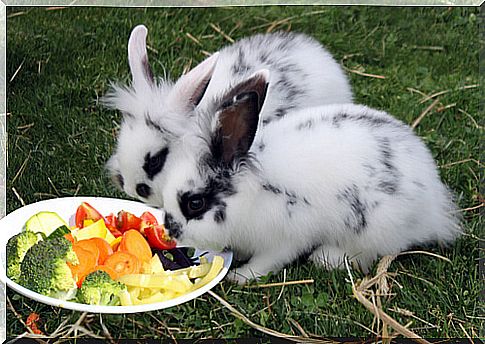
A good plant reference book is essential, as some garden plants and weeds are toxic. You should only collect plants from areas that are free from traffic contamination and pesticides, and that have not been contaminated by other animals.
Dry plants
When fresh food is dried, the water content and nutrients decrease. However, sugars are much more concentrated. That means that dried fruits and vegetables contain more calories. In particular, dried fruits should only be offered occasionally.
Since the leaves are low in sugar, you can feed them a mixture of both to begin with. Combining dry leaves with hay is a good way to make it more tempting for picky rabbits.
Introduction to fresh food
Rabbits do not tolerate sudden changes in their diet well. A sudden introduction of large amounts of fresh food can throw your digestion out of balance and cause illness. Instead, introduce new foods one at a time in small portions so it’s easy to isolate a particular type if it upsets your rabbit’s digestion.
You should be particularly careful when introducing fresh food for young rabbits as they are more sensitive, although it is not necessary to retain fresh food entirely, as some older books recommend. Ideally, the baby rabbits will have eaten fresh food when they start out with solids.
If you acquire a new baby rabbit – over eight weeks old – that has not previously eaten fresh food, allow it to adjust to the new routine and environment before starting to introduce small amounts of fresh food as you would for an adult .
